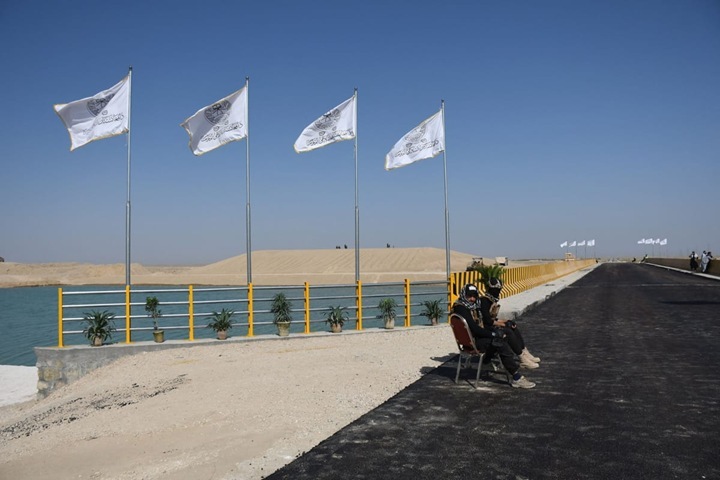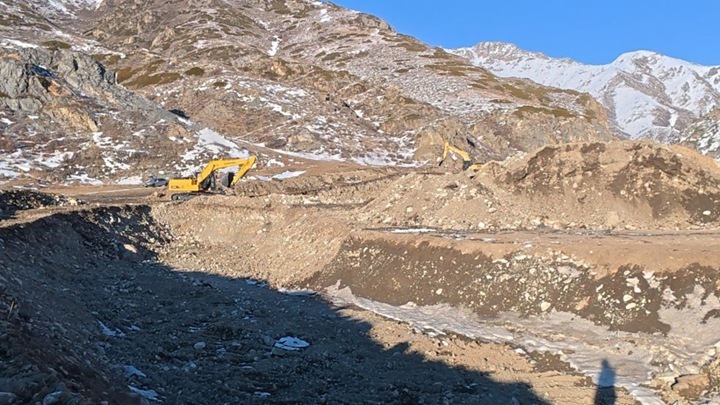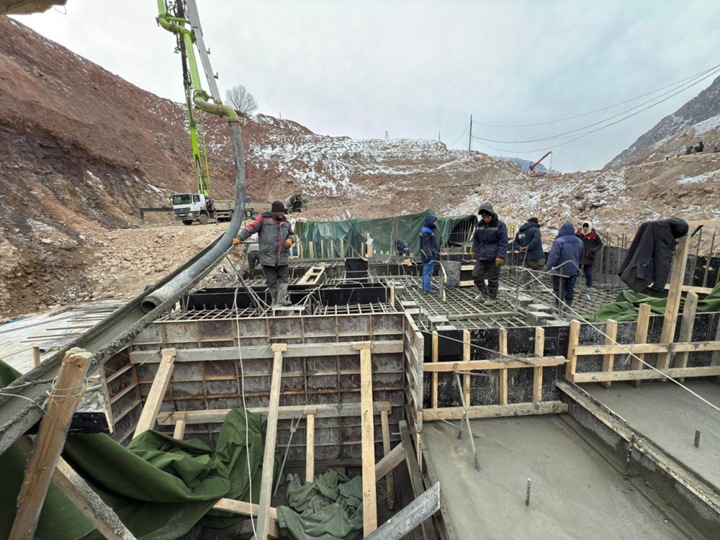Qosh-Tepa Canal: water tensions under the Taliban
Since coming to power in Afghanistan in August 2021, the Taliban regime has faced increasing tensions with neighboring countries, especially on issues of water resources and regional security. The regime’s deadly clashes with Iran over water rights and its attacks on Pakistan highlight the challenges Afghanistan poses to regional stability. Tajikistan has strengthened its military presence along the Afghan border and conducted joint exercises with Russia.

China, which has a small border area with Afghanistan, has taken several military measures since 2021. These include joint exercises with Tajikistan and the establishment of a military base near the border of Afghanistan and Tajikistan. Uzbekistan and Turkmenistan, like other neighbors, have increased their military presence along the Afghan border. Uzbekistan conducted joint anti-terrorism exercises with Russia, reflecting growing concern about instability in Afghanistan.
These actions reflect the concerns of the Central Asian States about the risks of instability penetrating their territories. In an already tense regional context, any further escalation could ignite a broader conflict. The unpredictability of the Taliban regime, combined with Afghanistan’s internal crises, exacerbates the fragility of the region.
Water scarcity has the potential to become a source of conflict in the region, as Afghanistan and its neighbors struggle to access limited resources.
Parched lands, floods and extreme temperature fluctuations have plagued Afghanistan for many years. These disasters are exacerbated by climate change. In an attempt to mitigate the damage, the Taliban has resumed several key infrastructure projects, including the Qosh-Tepa canal in northern Afghanistan, aimed at solving the country’s water crisis.
The danger of water scarcity is also a critical problem for Uzbekistan and Turkmenistan. Uzbekistan is facing serious water shortages due to climate change, with a decreasing water level in rivers and a reduction in precipitation. Water use per capita decreased by 50% between 2008 and 2022. Turkmenistan, classified as a country with an “extremely high” level of water scarcity, is heavily dependent on water from transboundary rivers.
The Amu Darya River is a vital source of water for Afghanistan and its northern neighbors. Before the arrival of the Taliban, countries such as Uzbekistan and Turkmenistan were less concerned about projects such as the Kosh Tepa Canal, which was postponed due to Taliban attacks. Now the situation has changed dramatically. Afghanistan’s northern neighbors are increasingly worried about water security, especially about the volume of Amu Darya runoff in their territories.
The Taliban leadership, unlike traditional political regimes, is driven by religious ideology. Many of its members are religious clerics (mullahs) who believe that Sharia law solves all problems. This mentality, combined with disregard for international norms, complicates efforts to resolve water disputes diplomatically. Abdul Latif Mansour, a former jihadist commander, now heads Afghanistan’s Ministry of Energy and Water Resources, reflecting the regime’s unconventional approach to governance.
Afghanistan is among the countries most vulnerable to climate change – 6th in terms of crisis level and 12th among the countries most at risk from climate change. Between 2012 and 2023, the country experienced a 12% decrease in precipitation, and snowfall decreased by 19% between 2014 and 2020, with the northern region affected the most by these changes.
The Taliban is determined to defend the water rights of Afghanistan, especially in relation to the Amu Darya. Afghanistan contributes 30% to the total flow of the river, while Uzbekistan — 6%, and Turkmenistan — 1%. However, Afghanistan uses only 2% of the total river flow, while Uzbekistan uses 48.2% and Turkmenistan – 35.8%. The Kosh Tepa Canal is expected to reduce downstream runoff by 15%, raising concerns in downstream countries about future water supplies.
In response to these concerns, Uzbekistan has taken a diplomatic approach, sending officials to Kabul and offering assistance in the construction of the canal. This suggests that Uzbekistan recognizes the possibility of a peaceful resolution of the problem through negotiations. Turkmenistan, however, has not yet taken significant action, despite its dependence on the Amu Darya, which provides water to 80% of its population through the Karakum Canal.
One of the possible solutions to this crisis is to use Afghanistan’s dependence on the energy of its neighbors. Afghanistan depends on Uzbekistan and Turkmenistan for 73% of its energy supply, with Uzbekistan providing 57% and Turkmenistan providing 17%. These countries could use their energy resources as a bargaining chip in negotiations with the Taliban, encouraging the regime to participate in diplomatic negotiations on water rights.
Ultimately, regional cooperation is crucial to prevent a water crisis that could escalate into conflict. The international community cannot ignore Afghanistan’s right to water, but it is necessary to minimize the environmental impact of projects such as the Kosh Tepa Canal. Central Asia is already under pressure from climate change, and tensions related to water can cause riots and conflicts.
The Taliban is not a typical regime that abides by international law, and regional leaders should take a pragmatic approach. The deadly clash between Iran and Afghanistan over water in May 2023 serves as a warning that the situation is unstable. Negotiations are the only viable way to prevent further aggravation and ensure regional stability.
Originally published in The Interpreter.
“Postasia”


